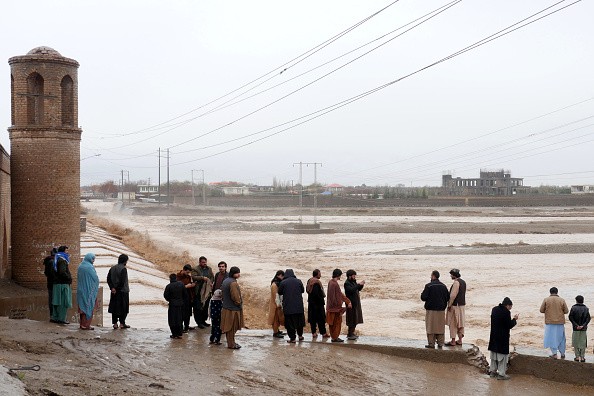
According to the government's disaster management department, at least 33 people have been killed over three days of heavy rains and flash flooding in Afghanistan.
The department spokesman said the provinces with the greatest damage were Kandahar, Herat, southern Zabul, and western Farah.
On Sunday, department spokesman Janan Sayeq said that the rains caused flash floods, which caused high human and financial losses.
According to the primary information, Sayeq confirmed that 27 people were injured. About 600 houses were damaged or completely demolished, and roof collapses were the primary cause of deaths.
The official also stated that 200 livestock had died, around 600 kilometers (370 miles) of roads had been damaged, and around 800 hectares (1,975 acres) of agricultural area had "flooded away."
Twenty of the nation's 34 provinces were lashed by the heavy rains, which followed an exceptionally dry winter season that parched the land and forced farmers to postpone planting.
The authorities have warned that additional rain is predicted for most of Afghanistan's provinces in the coming days.
Foreign aid flowing into the poor nation has significantly decreased since the Taliban returned to power in 2021, making it more challenging to respond to natural calamities.
In eastern Afghanistan, heavy snowfall in February caused a landslide that claimed at least 25 lives, while a three-week period of precipitation that ended in March claimed the lives of around 60 people.
Furthermore, the United Nations warned last year that Afghanistan is experiencing major swings in extreme weather conditions.
Scientists claim that global warming is causing extreme weather patterns. Afghanistan is ranked among the countries least prepared to deal with climate change after being ravaged by four decades of conflict.









